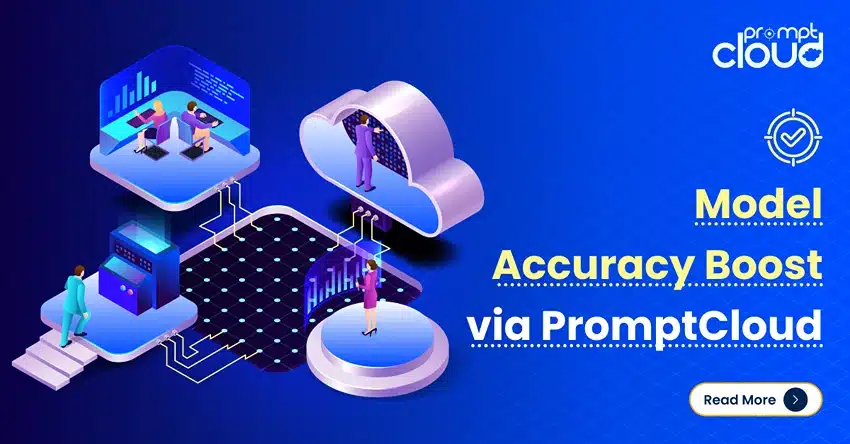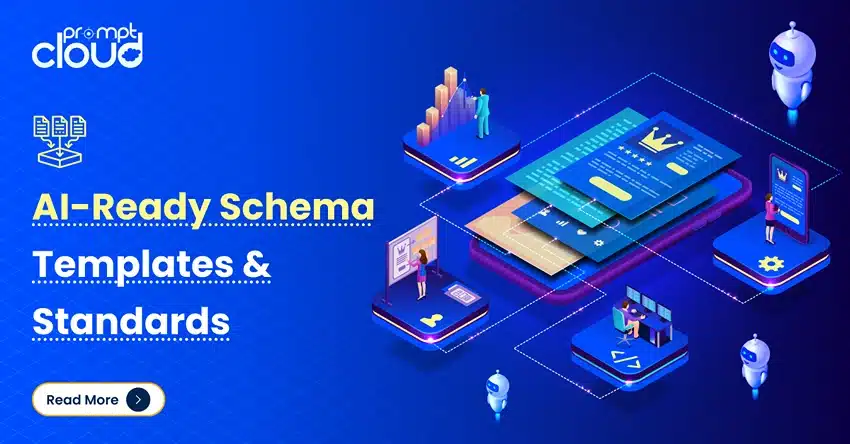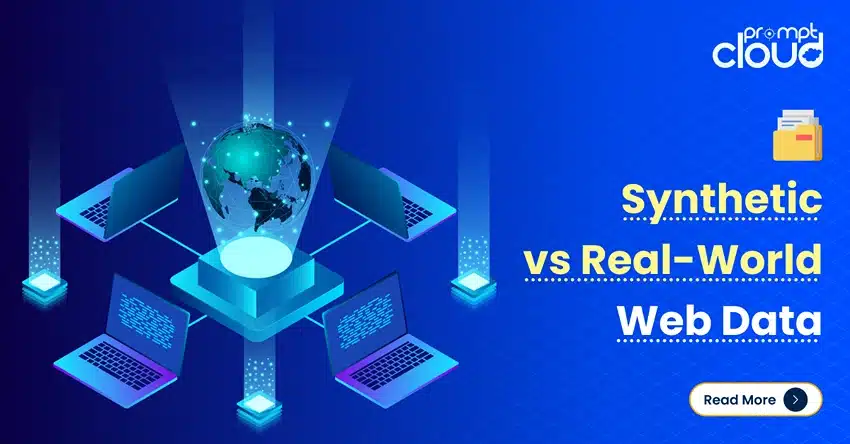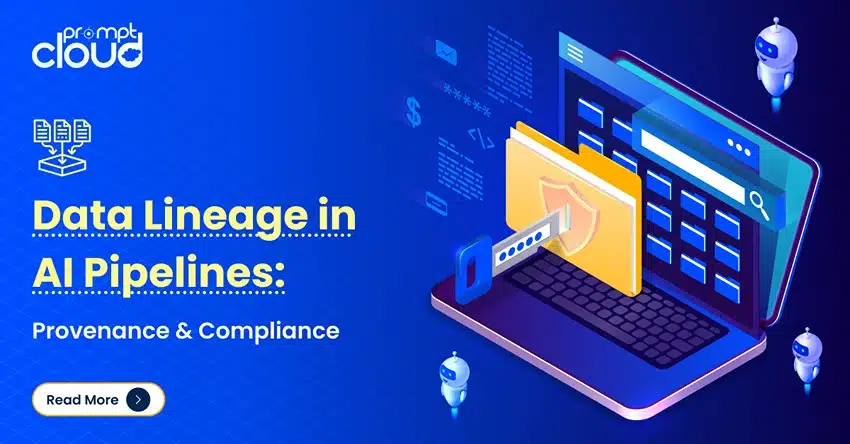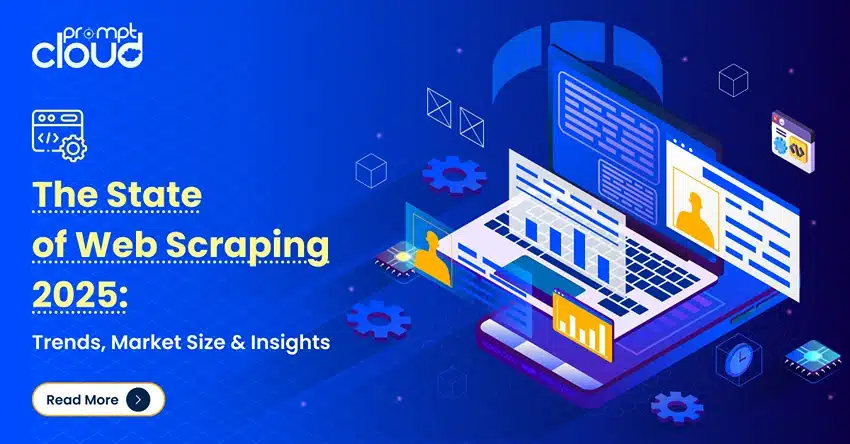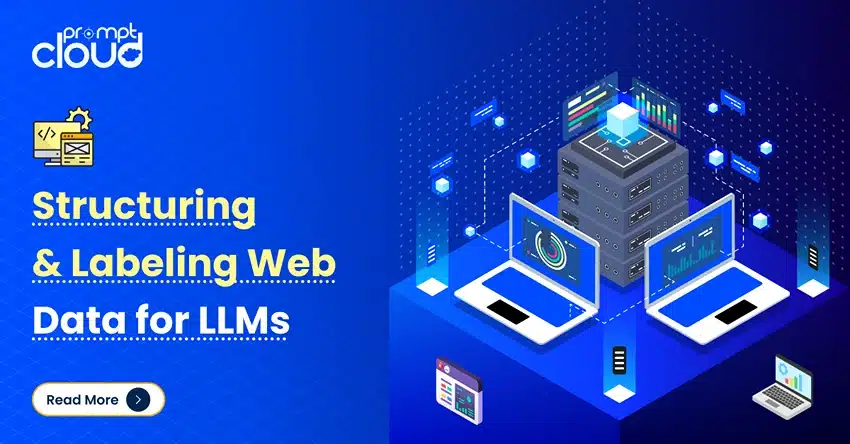We already know that big data analytics is simple and easy to gain insights. Strategically, enterprises use big data to “work” for them in myriad ways.
Business use cases highlight how big data can drive organizations towards tangible results. These use cases are practical points of reference that emphasize why (and how) investing in big data is worthwhile.
Here are a few examples of big data use cases:
Real-time communication
Bring conversation with customers to the fore with big data. Real-time engagement is possible with data from loyalty programs and/or past shopping records as loci. Offering targeted promotions as customers walk the aisles or browse items on website is as effective practice. Also, new capabilities such as location-based services, next-best actions for sales and service and social media insights are unlocked instantaneously.
Predictive maintenance
Machine-data is valuable and helps predict, plan, and monitor machine efficiency and helps avoid performance issues. Rather than relying on costly extremes—haphazard preventative- or crisis-related reactive maintenance—big data analytics insights help in diagnostics and prevent potential loss.
Advanced algorithms detect subtle operational variances for equipment, often warning of impending problems. In addition, prioritizing issues based on severity is also made easy. Data-intensive strategy involves performing a failure mode, effects and criticality analysis for machines and implementing maintenance strategies based on the results.
Network optimization
Usage patterns and trends (especially social media), and consumer data help in optimizing distribution. Logistics can use big data to their advantage to leverage information as a production factor and strengthen competitive position. Market and environmental intelligence are other critical data analytics insights that help network optimization.
Insider threats
Big data magnifies the costs and risks of intelligence sharing; especially those associated with defection by insiders. The fact that intelligence today is in electronic format makes it more susceptible to be leaked or misused. A vital big data role is to help identify reliable intelligence-sharing partners. Large conglomerates, institutions, and even establishments use data analytics to deep dive into social media and the Web. Machine-learning processes track developments of concern and give time to react pro-actively to avert crisis.
Asset tracking
In the utility industry, asset tracking is powered by big data. With powerful analytics tools, unique asset identification at individual levels is made possible. Big data technology facilitates optimized and intelligent utility of usage records, repair histories and also help derive insights on key patterns and opportunities. Intelligent infrastructures improve service delivery, cut interruptions, and save costs by optimizing assets and processes.
Personalized care
Clinical data from test results between clinicians and doctors is able to expose disease complexity. Big data analysis of medical outcomes, genetic profiles, and tissue morphology drives personalized medicine in a big way.
The “data-fication” of patients helps compare and contrast multiple data points from numerous sources. Since this data is statistically analyzed, tailored individualized treatment plans for every patient is possible. It lays the ground for solid diagnosis, patient prognosis and thereby helps make best treatment decisions for individual cases.
Brand sentiment
Big data analysis bridges the gap between what consumers need and what they want. It tells you where and how to engage. Real-time sentiment and insights from social media, targeting key influencers, and generating new leads and opportunities are critical functions of big data. The Web is the world’s largest focus group and measuring sentiment via big data is a game-changer. With brands, big data analytics helps convert unstructured data into actionable intelligence.
Planning to acquire data from the web? We’re here to help. Let us know about your requirements.












